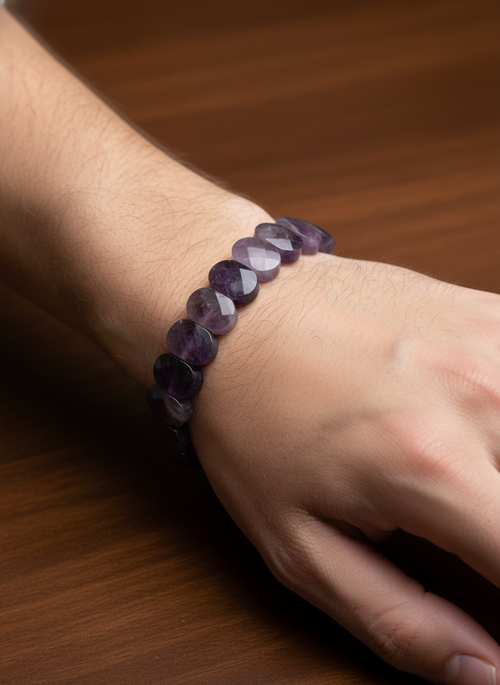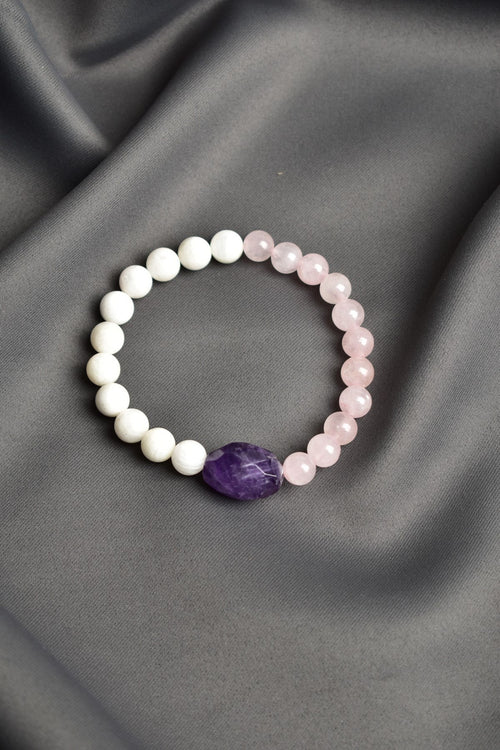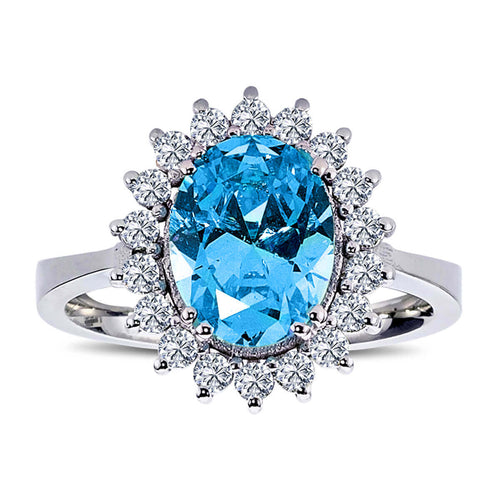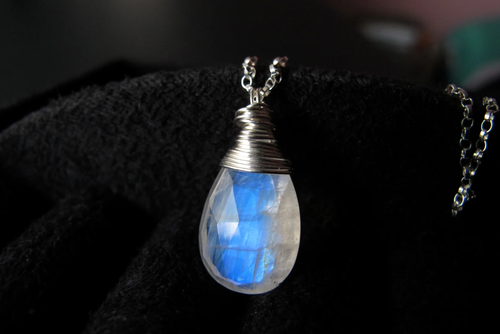ALL PRODUCTS IGSL INTERNATIONAL CERTIFIED
Calcite is a versatile and widespread calcium carbonate mineral known for its variety of colors and crystal forms. Known for its aesthetic value and optical properties, calcite is used in a variety of industrial and decorative applications. This article examines where Calcite is mined, its mineral structure, areas of use, and price differences.
Where is Calcite Stone Extracted From?
Calcite stone can be found in abundance in various regions around the world. Major calcite deposits are located in Mexico, USA, Germany, Brazil, Iceland and India. These regions are famous for their high quality calcite stones and contribute greatly to the world market.
- Mexico: The Chihuahua and Durango regions have important mines where high-quality calcite is extracted.
- USA: Missouri, Illinois and Tennessee are the main states where calcite is mined.
- Germany: The Harz Mountains are an important region with calcite deposits.
- Brazil: Minas Gerais is one of the main places where calcite is mined.
- Iceland: Iceland is famous for its calcite stones, especially optical quality calcite (Icelandic spar).
- India: Rajasthan and Gujarat regions are important places where calcite stones are found.
Mineral Structure
Calcite is a stone belonging to the calcium carbonate mineral group and its chemical formula is CaCO3. The stone can usually be white, yellow, orange, green, blue, brown or colorless. Calcite crystallizes in the trigonal crystal system and has a hardness of 3 on the Mohs hardness scale. These properties make the stone soft and delicate; however, it is used in jewelry and decorative items due to its optical properties and aesthetic value.
Areas of Use of Calcite Stone
Calcite is widely used in various jewelry, ornaments and industrial applications due to its aesthetic and optical properties. Here are some areas where Calcite stone is used:
- Necklace: Calcite necklaces are popular jewelry that showcase the stone's bright colors and natural beauty.
- Ring: Calcite rings are often used with precious metals such as silver or gold.
- Earrings: Calcite earrings are among the jewelry that highlights the natural beauty of the stone.
- Bracelet: Calcite bracelets are preferred accessories for both daily use and special occasions.
- Optical Instruments: Transparent calcite crystals known as Iceland spar are used in optical instruments due to their birefringence.
- Construction Material: Calcite is widely used in the production of cement and lime.
- Decorative Objects: Calcite is used in the production of statues, vases and other ornamental items.
Price Differences
The price of Calcite stone varies depending on various factors. These factors include the color, clarity, cut, size and source of the stone. Here are the main factors that affect Calcite prices:
- Color and Clarity: The most valuable calcite stones are those with homogeneous colors and high clarity. Color intensity and clarity increase the value of the stone.
- Cut: Calcite stones that have been professionally cut and polished are more valuable because they reflect light better.
- Size: Larger and heavier calcite stones generally command higher prices than smaller stones.
- Source: High-quality calcite stones from areas such as Iceland, Mexico, and the United States are often more valuable than those from other sources.
Conclusion
Calcite stone is a valuable natural stone with its various colors and optical properties. This stone, which is extracted from various regions around the world, is widely used in jewelry, ornaments and industrial applications with its aesthetic and physical properties. Its chemical structure and physical properties make Calcite stone a sought-after stone in jewelry and decorative object making. Calcite stone, whose price varies depending on color, clarity, cut, size and source, has a valuable place both in jewelry making and in collections.



























